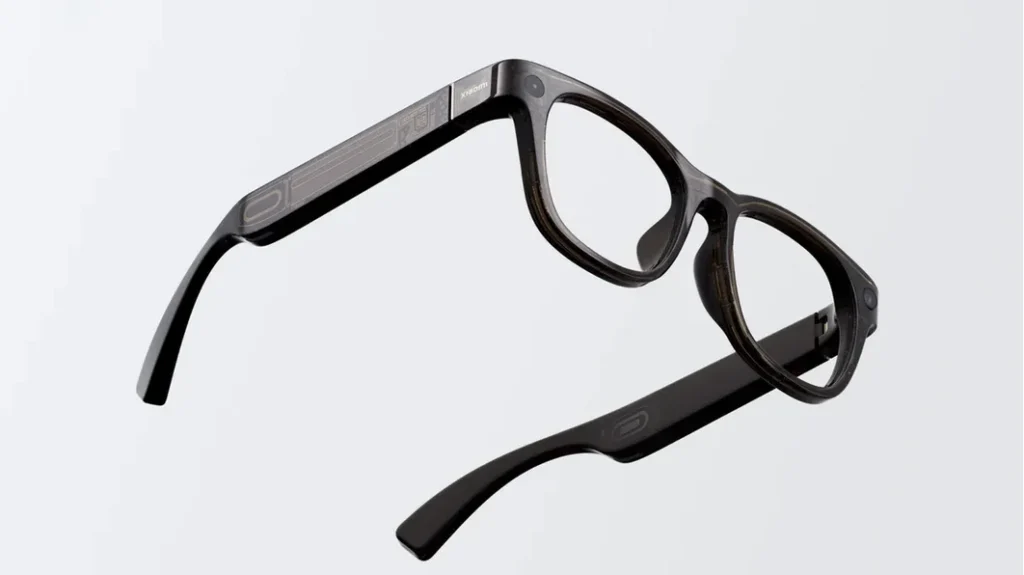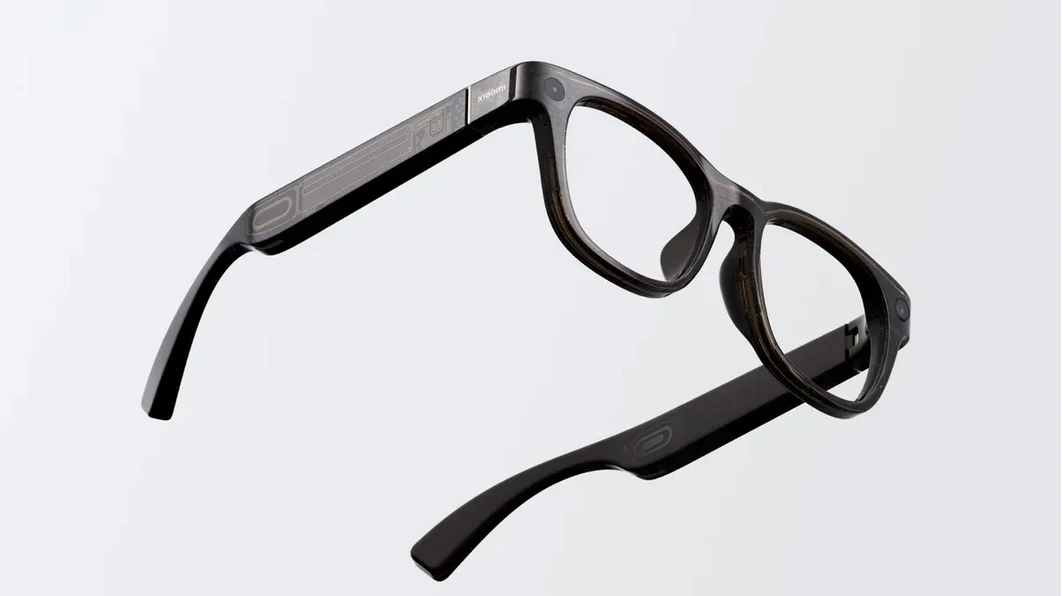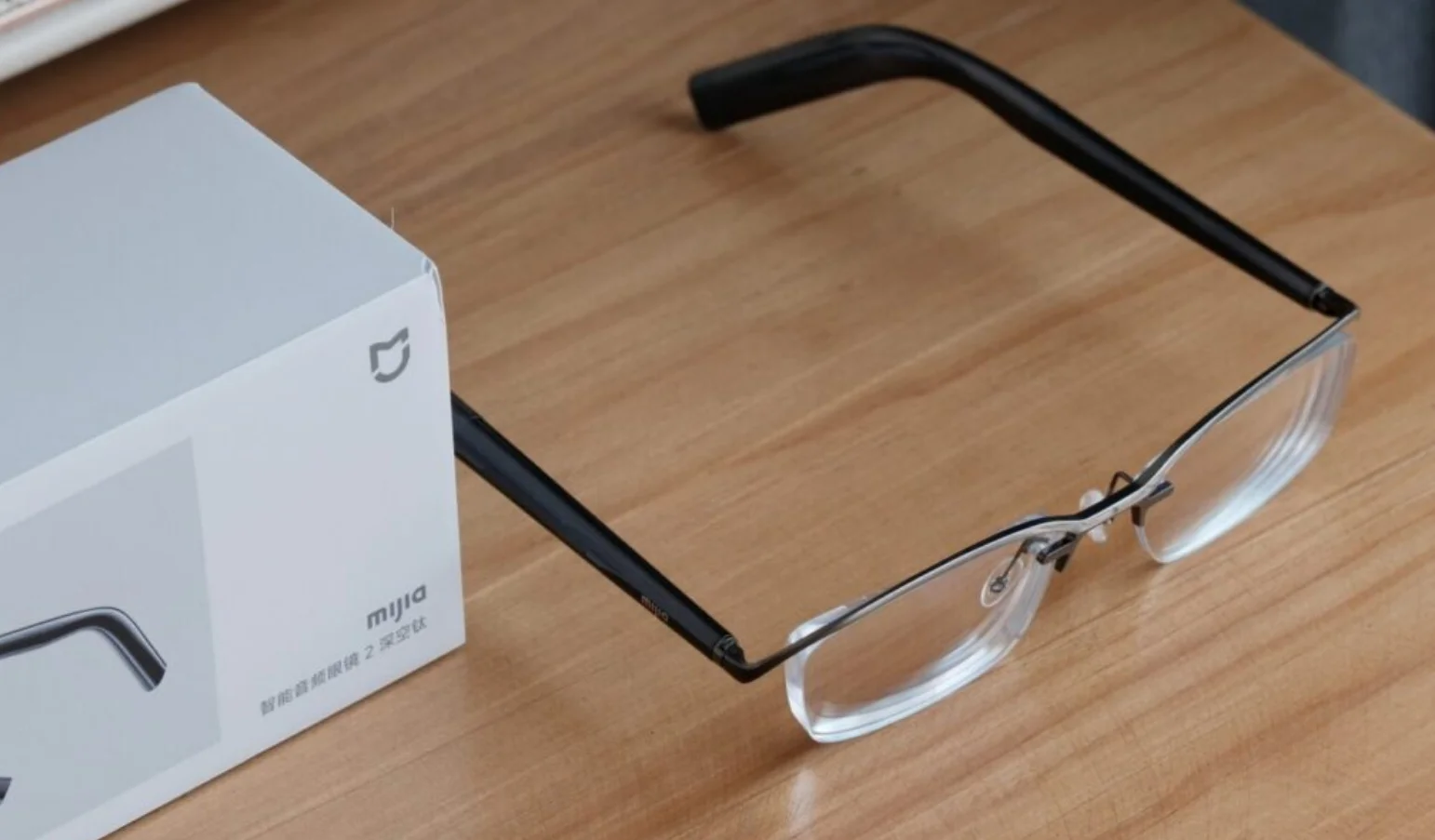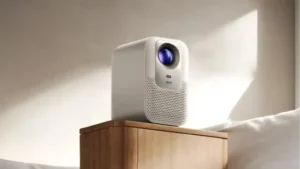Xiaomi Leads AI Smart Glasses Revolution

Xiaomi: The Chinese Giant Set to Lead the AI Smart Glasses Revolution
Get ready, folks, because the future of wearables is here, and it’s looking pretty darn smart. We’re talking about AI-powered smart glasses, and they’re not just some sci-fi dream anymore. A recent report from Omdia in September 2025 paints a picture of massive growth, and guess who’s right there at the forefront, making cutting-edge tech accessible? Yep, you guessed it – Xiaomi.
The Smart Glasses Market is Exploding
The numbers are kind of wild. Omdia’s latest report forecasts that the global smart glasses market will hit a whopping 5.1 million units shipped this year. That’s a staggering 158% jump from 2024! And it’s not stopping there; by 2026, we’re looking at over 10 million units, with a compound annual growth rate of 47% projected until 2030, reaching an incredible 35 million units. Tech titans like Xiaomi and Google are fueling this surge, turning a simple accessory into a powerful smart companion that’s changing how we interact with the world around us. Xiaomi, with its signature approach to innovation that doesn’t break the bank, is perfectly positioned to grab a huge chunk of this booming market.

Xiaomi’s Smart Audio Glasses 2: Affordable Immersion
Xiaomi isn’t exactly new to the smart glasses game, but 2025 is definitely shaping up to be a big year for them. Back in early 2025, they dropped the Mijia Smart Audio Glasses 2. These bad boys pack immersive audio and some neat AI features, all for an unbelievable 999 yuan (that’s around $140 USD). Seriously, you can’t beat that price point.
We’re talking super lightweight at just 27.6 grams, with slim 5mm arms for a comfy, ergonomic fit. You get up to 12 hours of music playback or 9 hours of calls on a single charge. Plus, with four microphones and advanced noise-cancellation algorithms, your calls will be crystal clear. They even integrate Dolby Audio and a privacy mode that uses inverse sound waves to minimize sound leakage. And of course, you can use the Xiao AI assistant for voice commands – think playing music or replying to messages with just your voice. The piano steel hinge is built to last, resisting over 15,000 flexes. These glasses didn’t just sell over 50,000 units in their first few weeks; they set a new benchmark for everyday comfort and practicality.
Xiaomi AI Glasses: Taking on the Big Players
But the real game-changer arrived in June 2025 at the “Human x Car x Home” event in Beijing: the Xiaomi AI Glasses. These are direct rivals to the Ray-Ban Meta glasses, and they pack some serious tech.
Top-Tier Features at a Great Price
- Camera: A 12MP ultra-wide-angle camera with a Sony IMX681 sensor.
- Video/Photo: Records in 2K at 30fps and captures photos at 4032 x 3024 pixels.
- Performance: Powered by the Qualcomm Snapdragon AR1 Gen 1 chip and the Vela OS.
- Smart Functionality: Real-time translation, object recognition, and QR code payments via Alipay with just a glance.
- Battery Life: Over 8 hours of use – double that of Meta’s offering!
- Display: Electrochromic lenses that go from clear to dark with a simple tap.
All this comes in at 1,999 yuan (roughly $280 USD). They weigh 40 grams and are available in three colors. While initially optimized for Asian facial structures, their global potential is undeniable.


The Power of the Xiaomi Ecosystem
What really sets Xiaomi apart is its incredible ecosystem. Thanks to HyperOS and HyperConnect, these smart glasses sync seamlessly with your Xiaomi smartphones, smart TVs, and Mi Home devices. It’s like creating your own unified smart network. Imagine controlling your robot vacuum or getting notifications from your SU7 electric car, all with a simple voice command from your glasses. In China, which is projected to be the second-largest market with 1.2 million units in 2026 (12% of the global total), Xiaomi’s dominance is already evident, fueled by its massive and loyal user community.
Navigating the Challenges Ahead
Now, it’s not all smooth sailing. Concerns about privacy, given the always-on cameras and microphones, and the social acceptance of wearing these all day are valid points that could slow down mass adoption, as Jiansen Liu from Omdia points out. However, Xiaomi is actively addressing these issues with over-the-air updates, like advanced translation features slated for September. Plus, their discreet design helps them blend in as regular glasses, making them less conspicuous.
Key Specs Comparison
| Feature | Mijia Smart Audio Glasses 2 | Xiaomi AI Glasses |
|---|---|---|
| Price | ~ $140 USD | ~ $280 USD |
| Weight | 27.6 grams | 40 grams |
| Battery Life | 12 hrs (music) / 9 hrs (calls) | Over 8 hours |
| Camera | N/A | 12MP Ultra-Wide (Sony) |
| Display | N/A | Electrochromic Lenses |
| AI Assistant | Xiao AI | AI features included |
| Connectivity | Bluetooth | HyperOS/HyperConnect |
The Future is Now, and it’s Accessible
So, is Xiaomi just jumping on the AI smart glasses bandwagon? Absolutely not. They’re driving it forward with affordable, connected products that are genuinely useful. While companies like Meta are pushing stylish designs and Google is gearing up, Xiaomi’s core philosophy of “technology for everyone” could be the key to making this advanced tech mainstream. With record sales expected in 2025, it looks like the future of augmented reality is literally right in front of our faces, and Xiaomi is making it happen.








3 thoughts on “Xiaomi Leads AI Smart Glasses Revolution”